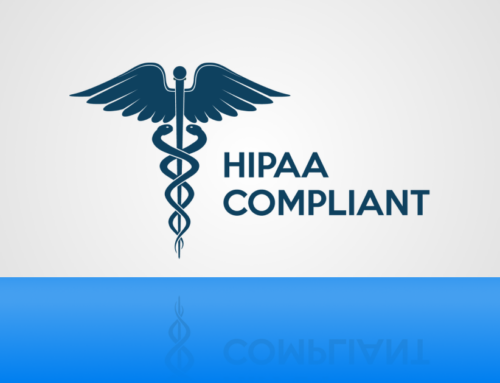It’s no secret that medical school is expensive, but with a median debt of $192,000, it carries the highest financial burden of any post-secondary degree. Around 40% of doctors with a newly minted degree can expect to spend over 10 years paying back their loans.
With all this debt, it can be difficult to even pay for basic living necessities, not to mention navigating the stress of it all. And as one frustrated new doctor recently pointed out, the burden is overwhelmingly on the individual to financially educate themselves: after finishing medical school, doctors have to become financial advisers too.
Traditional Ways to Pay Off Medical School Debt
So where should new doctors turn to make ends meet? Traditionally, young practitioners have found secondary sources of income from tutoring or selling old textbooks. These may be an option for some, but they generally are lower paying and limited in their scope.
Moonlighting is an old standby, but often makes it harder to maintain a work-life balance when picking up full shifts. And, for doctors going outside of their practice or residency programs, there may be insurance coverage concerns.
New Gig Economy Options
Recent advances in technology have also lead to the rise of the gig economy – think Uber or Doordash – where workers are self employed and make their own schedule. Currently, 68 million people are employed as independent workers in the U.S. Gig economy jobs are an attractive option for some because of the make-your-own-hours nature of this work. However, these jobs do not build medical experience and can often be quite dangerous. Workers employed as taxi drivers and chauffers are 5 times more likely to die on the job than other workers, according to the National Employment Law Project.
Is There a Better Option?
There is actually a third option for doctors looking to make a little extra money, while not putting their physical and psychological health in jeopardy: telemedicine. With telemedicine, doctors can typically see about 4-5 patients an hour, which translates to an income of about $140 an hour. And like a gig economy job, providers can choose when they work – whether it is a brief stint during lunch or a couple hours in the evenings and on weekends. Doctors can choose to take consults from home, work or wherever they choose. Also, trusted telemedicine providers will maintain strict HIPAA and HITECH compliance to keep their doctors safe.
Another tremendous advantage of telemedicine is the experience you build in your specialty. Telemedicine has a proven success record in a number of different specializations. Providers on Direct Health (now called Direct Health) have diverse backgrounds ranging from pediatrics and psychiatry to dermatology and obstetrics and even veterinary medicine. You can continue to build you resume with telemedicine without having to commit long-hours to an extra shift or moonlighting arrangement.
Telemedicine Outlook
Finally, telemedicine is a booming industry and every year positions itself to be more of a standard rather than an exception in healthcare. It’s estimated that seven million patients will be turning to telemedicine this year and that by 2020 it will become a $36.2 billion industry. And this figure will likely only continue its exponential growth as 40% of millennials describe telemedicine as “extremely or very important” option in their healthcare.
Odds are for young doctors that telemedicine will be an integral part their careers and a required skillset going forward. Something that starts out as a side-gig during a doctor’s early years in practice, may actually be a mainstay of their mature practices or the resume skillset that helps edge out the competition.






Leave A Comment